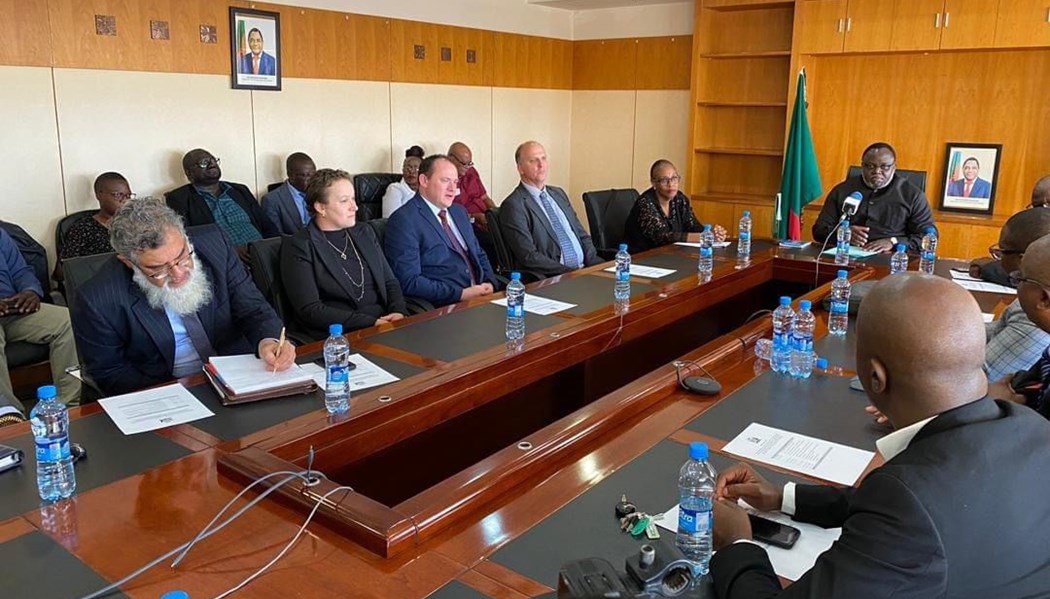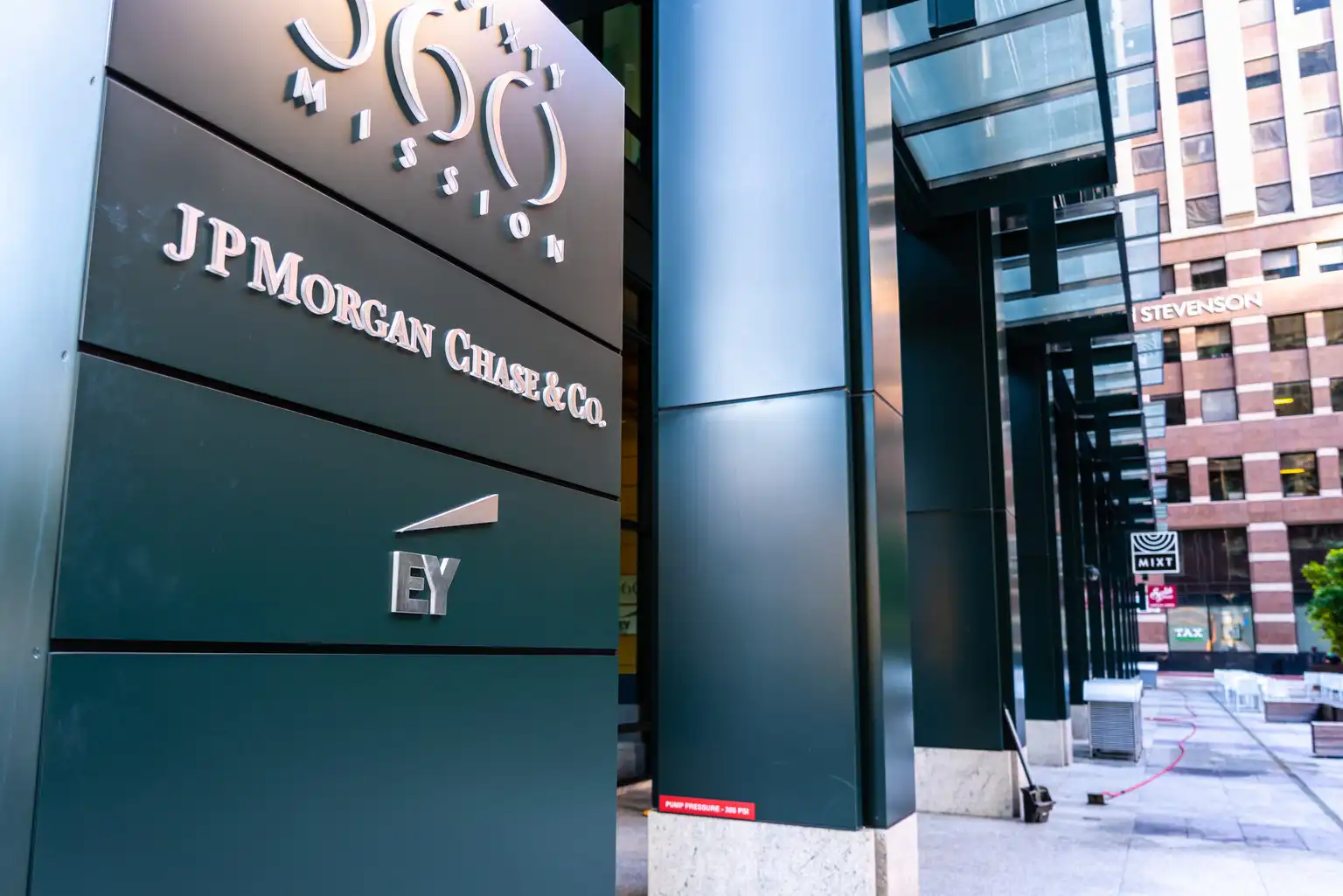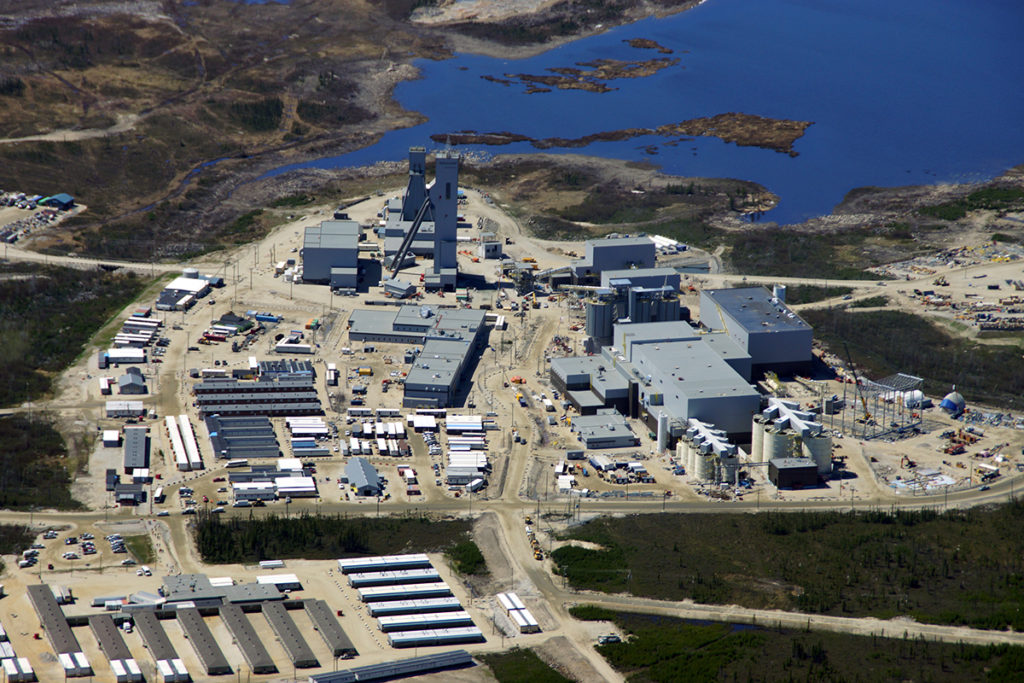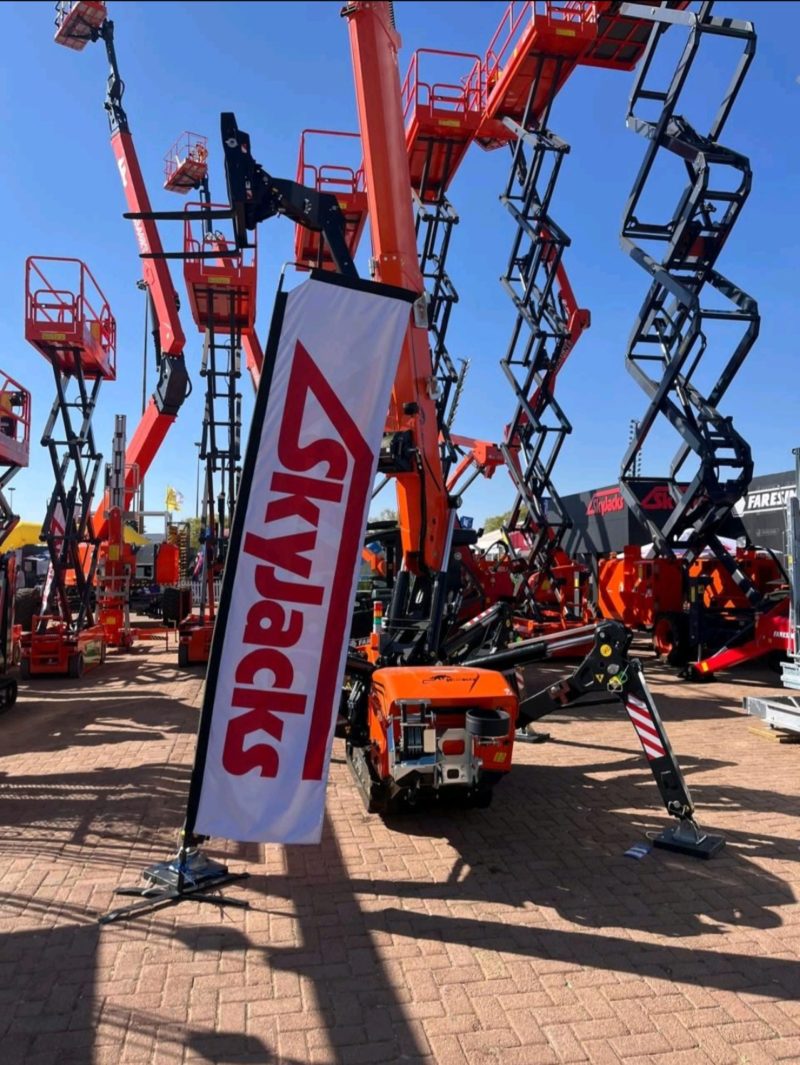Mining Other

Southern Palladium gets environmental authorisation for underground mining at Bengwenyama

“We continue to make meaningful progress toward the development of our flagship Tier 1 Bengwenyama project, with the recent grant of the EA marking a major milestone.
“The EA paves the way for the award of the mining right and reflects the strength of our permitting work, including a comprehensive environmental-impact assessment (EIA) and a compliant public participation process. This milestone . . . sets a clear path toward project execution,” Southern Palladium MD Johan Odendaal said on May 20.
He added that, in parallel, the company was actively refining the development pathway outlined in the original prefeasibility study (PFS).
“A revised Stage 1 plan, focused on a smaller-scale, lower-capital-expenditure (capex) operation producing 80 000 t a month through a single decline and truck haulage, is now well progressed, and is expected to significantly reduce up-front capital requirements for project development.
“Results of the study are currently being finalised with updated PFS-level outputs scheduled to be announced in June,” Odendaal said.
The existing Stage 2 plan to expand production to 200 000 t a month would be initiated at a later date once Stage 1 is successfully operating.
Preliminary analysis of the revised Stage 1 plan suggests a material reduction in upfront capex, owing to the smaller-scale plant and single-decline access. The revised approach with lower up-front costs is expected to be financeable through traditional debt and equity channels. Stage 1 economics could be further improved using nearby infrastructure, Southern Palladium said.
The October 2024 PFS estimated a net present value of $1.06-billion, an internal rate of return of 28% and a payback of about 3.5 years on average production of about 400 000 oz/y of 6E PGMs and 350 000 t/y of chromite concentrate for a 29-year life-of-mine.
Southern Palladium said an independent analysis by consulting group SRK showed that the Bengwenyama project would be a first-quartile cash cost producer.












